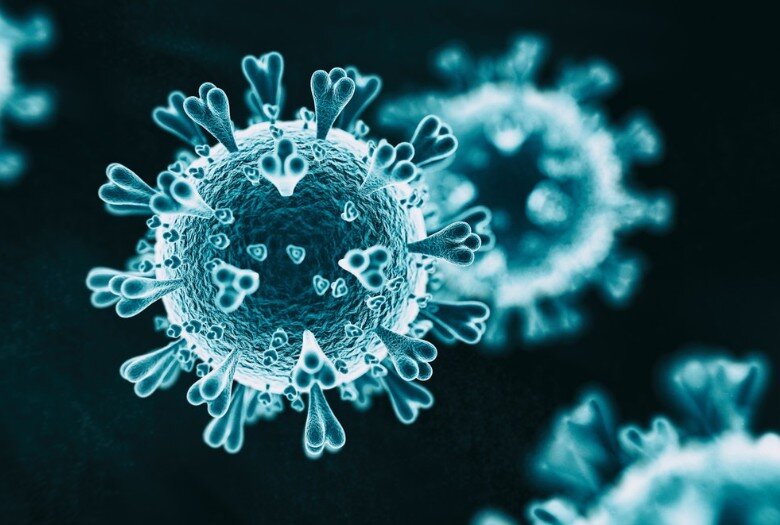Fertility control is an issue for almost every relationship.
Most couples want to plan when they have children and, most of the time, fertility control is about preventing pregnancy. But what if you want a child, and conception doesn’t happen?
Most people think they will conceive almost immediately when they cease contraception. In reality, 10-15% of couples experience infertility. (Infertility is defined as an inability to conceive after 12 months of regular unprotected intercourse). Few couples are prepared when the problem happens to them.
In a couple with normal fertility, there’s a 20% chance of falling pregnant each month. After 2 years, 94% will be pregnant and the average time to pregnancy is 4 months.
Conception is a very complicated process and many things can make it difficult without it being impossible.
- If a mild factor is present that decreases the chance of conception by only 20%, and 60% will be pregnant in one year with a mean time to pregnancy of 2 years.
- Should there be two mild factors, the pregnancy rate falls to 1% per month, 17% will be pregnant in 2 years and the mean time to pregnancy is 7 years.
- If we take three mild factors, not an uncommon situation for a woman in her mid-30’s, then there is a pregnancy rate of 0.15% per month with 3.7% being pregnant in 2 years and a mean time to pregnancy of 40 years!
- Another crucial factor is the duration of the infertility. If a couple have not conceived in 3 years, then their chance of conceiving falls from the original rate of 20% per month to only 4.6% per month.
If you suspect you may have an infertility problem, it is much better to seek advice sooner rather than later, it could be something very simple, for example is intercourse being appropriately timed? Do work commitments mean your partner is away during the fertile time?
The Oocyte (egg) is only viable for 24 to 48 hours, so it is important to understand when you are most fertile. If all good advice has been followed with no result in 6 to 12 months then seek help sooner rather than later; call us at Coastal IVF and make an appointment to discuss your concerns.
Source: http://www.abc.net.au/science/slab/fertilty/story.htm
Investigation and Treatment Options
The investigation of infertility usually involves both partners and both should attend the interview. In the history of the infertile couple, questions relating to general health, medications, lifestyle and reproductive health are asked.
In females the menstrual history is important. Investigations may include evaluating the hormonal profile and testing to identify if cycling is occurring, to assist in this a tracking cycle may be carried out. Another way to identify a cause of infertility may include an ultrasound being performed. However a diagnostic laparoscopy is considered the gold standard for tubal function and pelvic health assessment. This is where the surgeon looks into the pelvis with a camera and make sure no adhesions, endometriosis, or other abnormality is present.
The male investigations may involve blood tests for things such as hormonal levels and other possible causes. A semen analysis may be performed in addition to counting and visualising the sperm. Other tests of sperm function may be done – such as determining the presence or absence of anti-sperm anti-bodies and trying to ascertain their fertilising potential.
Assisted Reproductive Techniques
Causes for the infertility can be found in a high proportion of couples. If there is a cervical problem or an ovulatory problem, or if the sperm are not mobile, an intra-uterine insemination can be performed. If ovulation is a problem, tablets or injections to induce ovulation may accompany this. Stimulation of the ovaries may also be combined simply with timed intercourse. If this is not successful after a variable number of tries the couple may proceed to more sophisticated techniques.
If there are problems such as tubal obstruction and poor sperm numbers, this treatment may be the first line. Injectable drugs stimulate multiple ovulation and the Oocytes (eggs) are collected through the vaginal wall by aspiration. The embryologist assesses the egg quality and then the sperm is added (IVF). If fertilisation occurs, embryos are grown and then one embryo is transferred to the uterus. Excess embryos can then be frozen and then thawed and used for future frozen embryo transfer cycles, (FET) as required. The number of embryos to be transferred will vary according to the clinic and the age of the patient. The success rates of each treatment option will vary with the age of the woman, the clinic and the reason for the infertility.
In Summary…
Infertility is a surprisingly common condition, that can cause varying degrees of stress and heartache. Treatment for infertility can be simple and easily managed with the correct diagnosis and treatment. Give Dr Paul Stokes and his specialist team a call, and they will put you at ease and assist you in achieving your desired outcome.
Source: http://www.abc.net.au/science/slab/fertilty/story.htm
Make An Appointment
Don’t wait – start your journey today!
We’re here for you the entire way.





